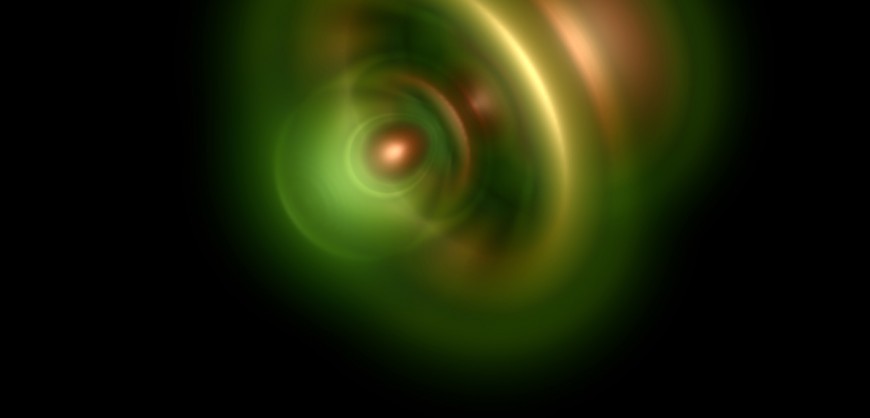Scientists have now measured the smallest unit of time ever observed. A zeptosecond, which is one trillionth of a billionth of a second, was used to measure an electron escaping its atom for the very first time.
According to a New Scientist article this week, a team from the Max Planck Institute of Quantum Optics in Garching, Germany, were studying Albert Einstein’s photoelectric effect when they made the discovery.
By firing ultraviolet and near-infrared laser pulses at a helium atom to excite its electrons, they were able to detect an electron escaping.
“We can confirm this by doing statistics for a lot of measurements and calculating the statistical standard error of the mean, which in our case is 850 zeptoseconds,” said physicist Marcus Ossiander, who had participated in the study, of the quickest event ever measured.
“Using this information, we can measure the time it takes the electron to change its quantum state from the very constricted, bound state around the atom to the free state,” he said.
Previous experiments had only been able to measure what happened after the electron was kicked out of an atom, according to Martin Schultze, who also participated in the research. Now it was possible to observe the entire process thanks to zeptosecond precision.
Schultze said he believed the discovery gives important insight into the quantum behavior of atoms and electrons, and that it will hopefully pave the way for future understanding of phenomena, including superconductivity and quantum computing.
“There is always more than one electron,” he said. “They always interact. They will always feel each other, even at great distances. Many things are rooted in the interactions of individual electrons, but we handle them as a collective thing. If you really want to develop a microscopic understanding of atoms, on the most basic level, you need to understand how electrons deal with each other.”
































